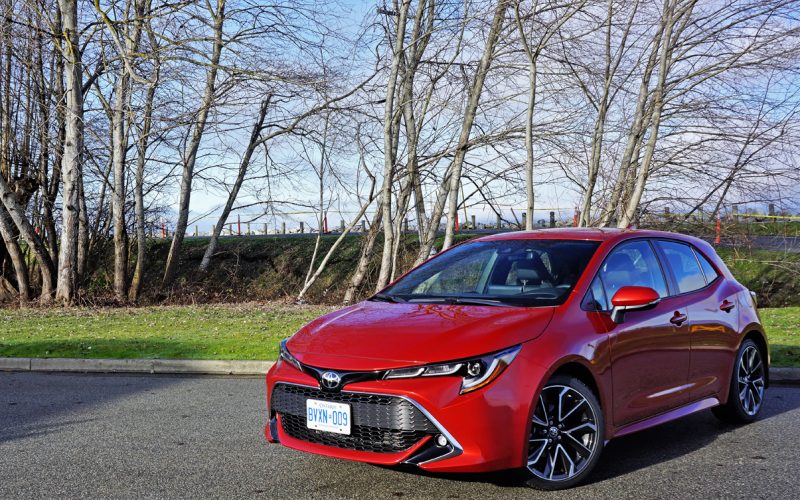
Reading Time: 12 minutesToyota may have said sayonara to its Scion line a few years ago, but the youth-oriented
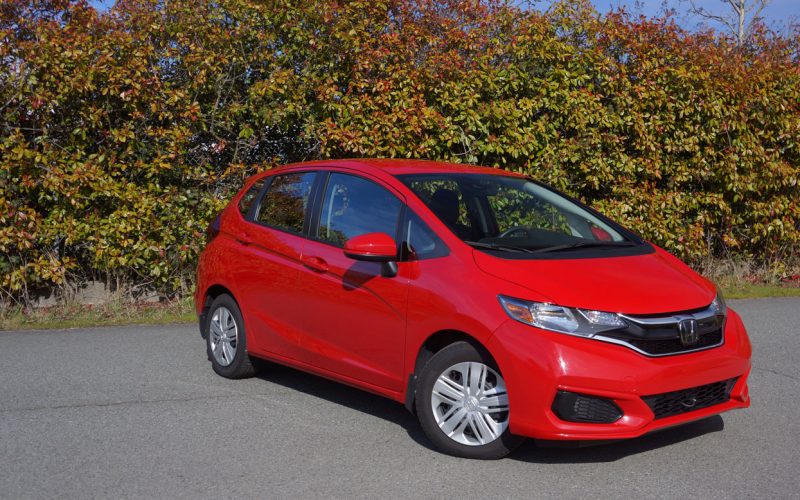
Reading Time: 8 minutesThe Fit is the least expensive way to put a Honda car in your garage, but
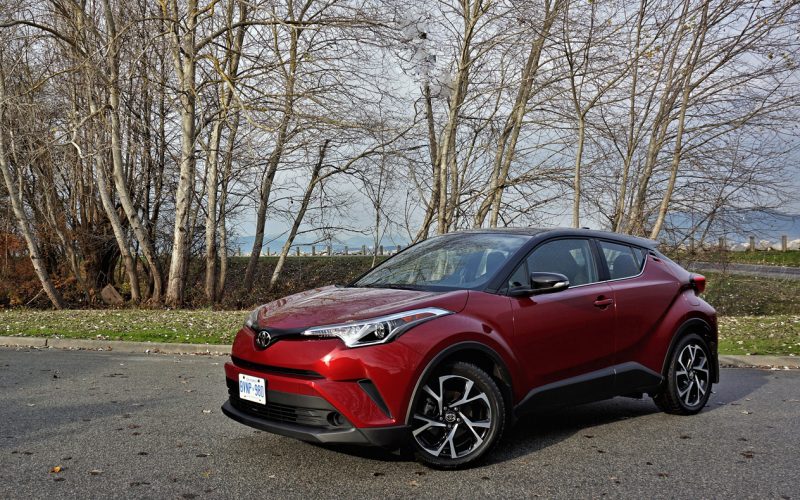
Reading Time: 10 minutesBack in January of 2014 at the North American International Auto Show in Detroit while introducing
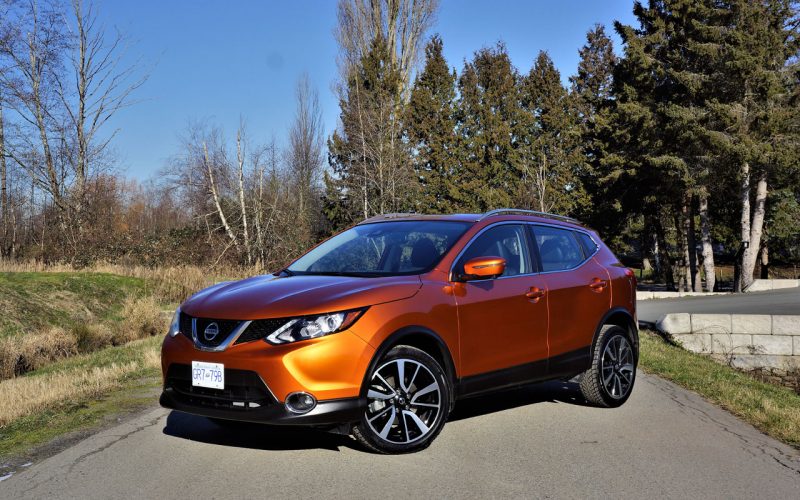
Reading Time: 8 minutesIt might look the same from the outside, but Nissan has nicely updated the 2019 Qashqai
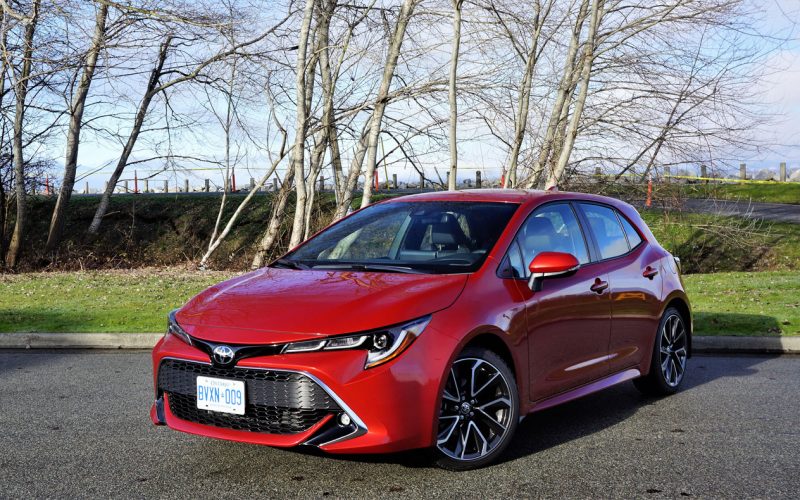
Reading Time: 6 minutesToyota will give its ever-popular Corolla compact sedan a fresh new face for 2020, but thanks
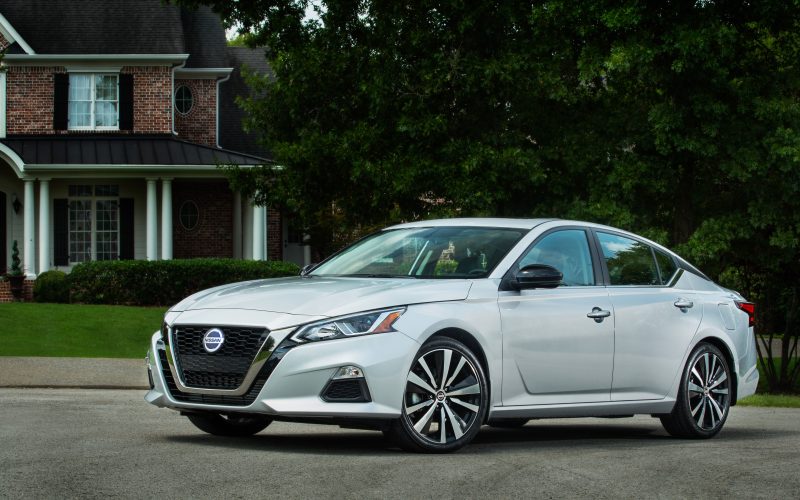
Reading Time: 6 minutesLet’s be clear, mid-size family sedans aren’t exactly selling as well as they used to. Nevertheless,
© 2025 The Car Magazine. All Rights Reserved, Privacy Policy | Terms of Use